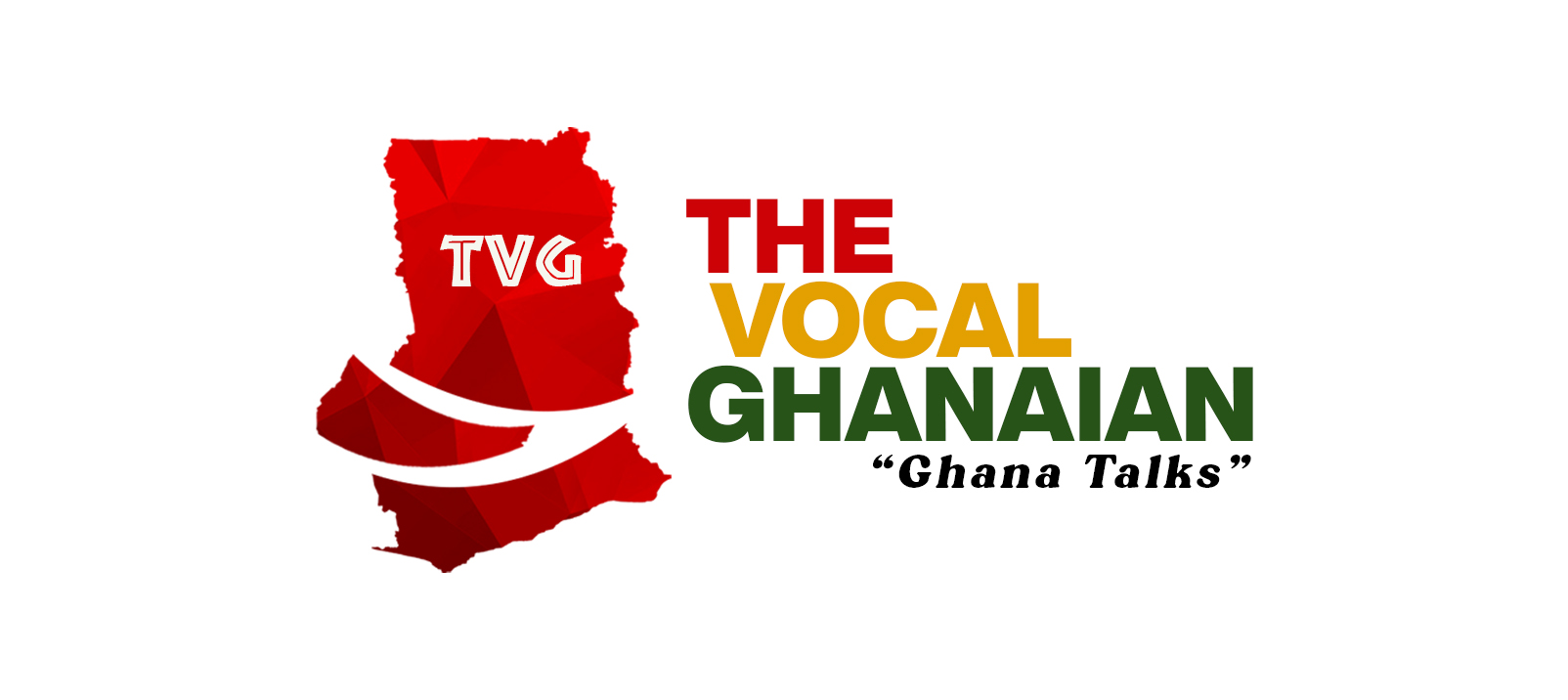The Finance Ministry recently released data that revealed a substantial shortfall in revenue from the contentious electronic transfer charge popularly known as the E-levy. Despite agitations from Ghanaians against the implementation of the E-levy and the walkout staged by the minority group in parliament, the government passed the electronic levy bill on Tuesday, March 29, 2022.
Earlier protests against the bill stemmed from the economic hardship that Ghanaians were facing at the time. The bill was considered insensitive and overbearing for Ghanaians looking at the harsh economic circumstances.
The government made us believe that the E-levy will be the solution to all the economic problems the country was faced with. The E-levy became effective from May 2022, three months down the line, the government has not been unable to realize its targets from the E-levy. The economy remains shaky with the cedi depreciating even further. Were we scammed by the government or was the E-levy ill- implemented?
According to statistics that were just made public, the government has only collected less than 7% of the e-levy objective. The E levy’s projected revenue of 6.9 billion by the end of 2022 has been drastically lowered to 4.5 billion. Data from the Ministry’s provisional data range in the first and second quarters of 2022 indicated that it had received $92.7 million, according to Isaac Kofi Agyei, JoyNews’ data analyst.
The difference between the amount raised of 93.7 million and the original aim of 6.9 billion shows that 6.4% of the initial target has been reached. Comparing that to the updated objective, which is 4.5 billion, reveals that it only represents 6.2% of the money the government claims to have received.
Additionally, while comparing the data month over month, it was projected that May will bring in a total of 487.4 million. According to the information given, only 39.4 million has been collected so far, which is merely 8.08 percent of the desired amount.” Also, only 54.3 million (12.99 %) of the estimated 417.8 million, have been retrieved.
Why the E-Levy Has Performed So Poorly
It was very clear that the E-levy was burdensome for Ghanaians, adding to the high fuel costs, spiking food prices, and generally high cost of living. To avoid payment of the E-levy, many Ghanaians withdrew their monies from their mobile money wallets and chose to carry cash on them instead. Also, some organizations explored other means of paying salaries while dodging the E-levy.
Owing to this, there has been a decline in online transactions, leading to the low revenue that has been accrued through the E-levy. This accounts for the government’s inability to reach its targets.
The recent turnout is not surprising at all, the government should have seen this coming. I hope that next time, they will listen to the voice of the people and not make desperate decisions that seek out their selfish interests. As we can see, the E-levy has backfired and the government is sole to be blamed for it.


Well, the e-levy failed to produce the expected revenue, but this does not undermine the fact that it has generated some revenue. We hope government isn’t going to mismanaged that as well. I really wish the e-levy could be scraped
Couldn’t agree more, Sylvester.